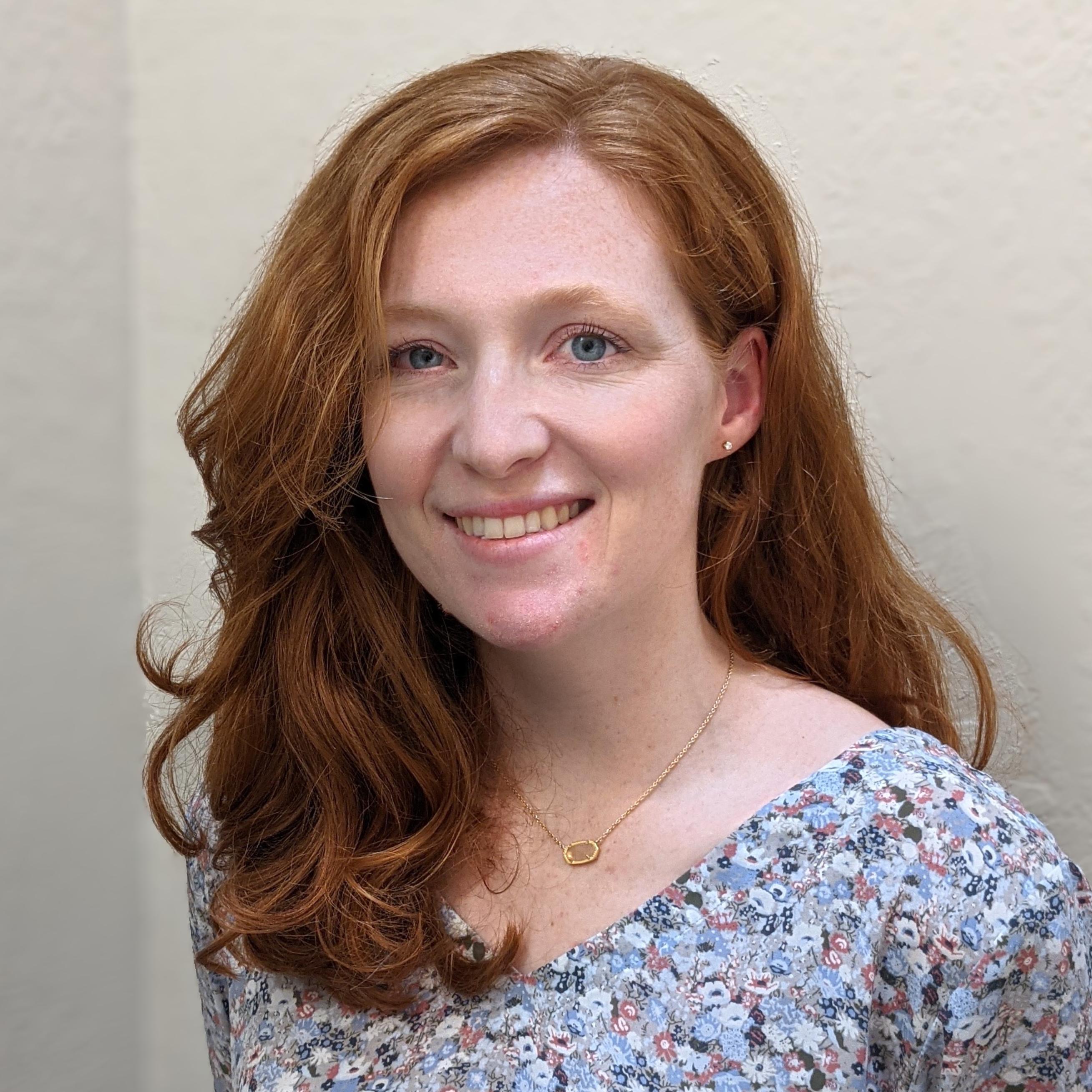Researcher Wins Complete Visium Spatial Gene Expression Experiment Performed by 10X
We were amazed to receive over 250 abstract submissions to our Visium Spatial Gene Expression Scientific Challenge. Thank you to the hundreds of researchers and professors who sent in your proposed research projects detailing how you would use the Visium Platform to advance knowledge of biology. Your vision for the diverse applications of high-resolution spatial gene expression is inspiring!
Now, one lucky winner has accepted a full Visium Spatial Gene Expression experiment, completed from tissue preparation to data analysis by 10x Genomics. Please join us in congratulating Dr. Christoph Kuppe, a postdoc in the laboratory of Rafael Kramann (www.kramannlab.com) at Germany’s RWTH Aachen University!
Dr. Kuppe is interested in studying cardiac tissue remodelling including inflammation and scar formation following a myocardial infarction (MI), commonly known as a heart attack. To uncover the cellular heterogeneity of impacted tissue, he wants to map the changing transcriptional profiles and cellular states of differentiating and dedifferentiating cardiac cells during various stages of MI compared to healthy control tissue. Using snRNA-seq, snATAC-seq and now spatial gene expression, he hopes to understand how different zones in the infarcted heart form after injury and affect tissue repair and scarring. These experiments will help elucidate mechanisms of cardiac injury, repair and fibrosis that might guide the development of novel therapeutics to ameliorate cardiac scar formation and heart failure.
Once again, congratulations to the Kramann Laboratory and Dr. Kuppe! We are proud to support your research project.
If you want to follow the progress of Dr. Kuppe’s experiment, stay tuned to the 10x Genomics blog site. We will be releasing a series of informative posts that capture steps in the Visium Spatial Gene Expression experimental workflow, and showcase how to apply this technology to answer Dr. Kuppe’s research questions.
Learn more about the capabilities of the upcoming Visium Spatial Gene Expression Solution here.
